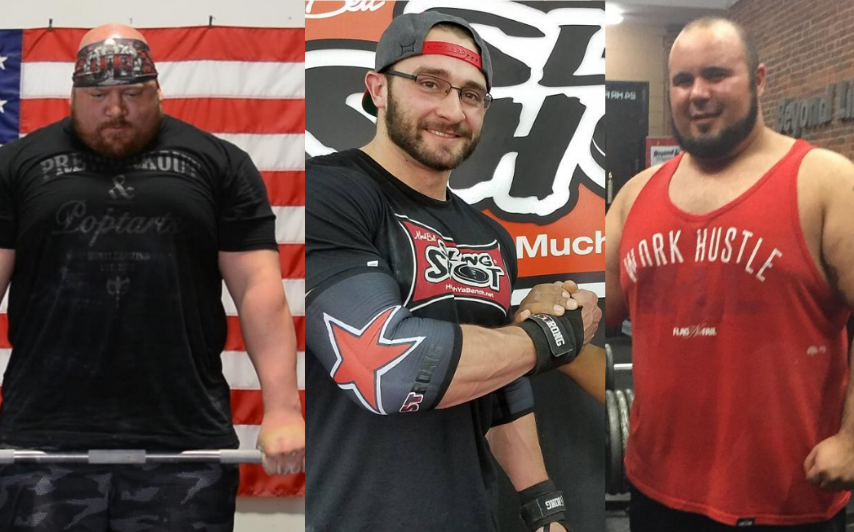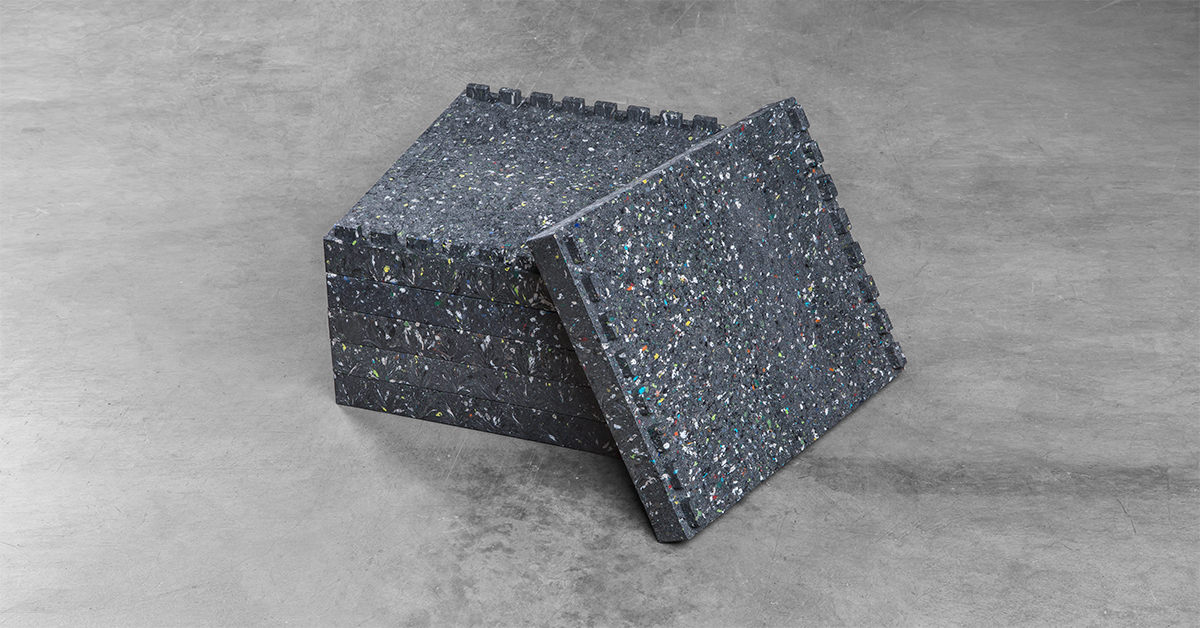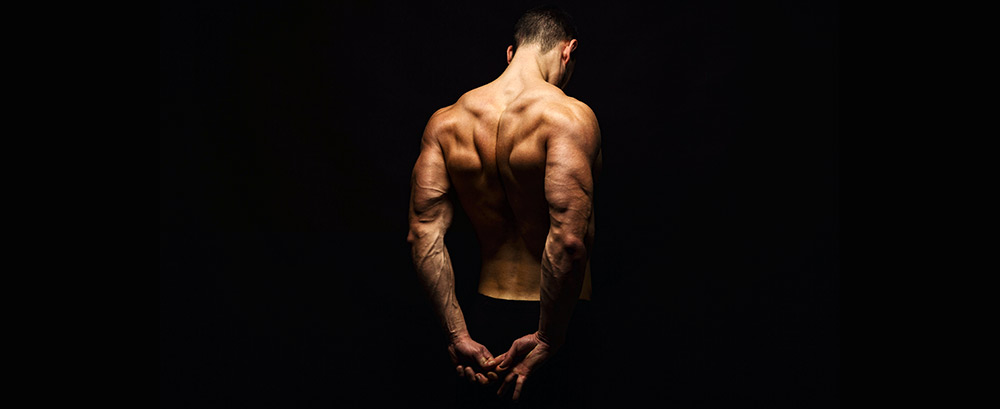Arthur Fleck
Level 1 Valued Member
Just looking for opinions on how Im executing the movement.
Anything good, bad or indifferent?
Anything good, bad or indifferent?
Just looking for opinions on how Im executing the movement.
Anything good, bad or indifferent?
i always thought back rounding was sought when doing stiff legged deadlifts, purposefully putting the back in an incorrect position to build the erectors, im basing my form off this video
i always thought back rounding was sought when doing stiff legged deadlifts, purposefully putting the back in an incorrect position to build the erectors, im basing my form off this video

 barbend.com
barbend.com

If you want to pull like strongmen do, you're right -- their style allows for it


 www.t-nation.com
www.t-nation.com
...they also have higher deadlift injury rates.
Good advice, thank you. I am only a recreational lifter looking to just get strong and be in better shape, I'll never be competing in strongman or powerlifting I can assure you of that!
Heres a video of my conventional deadlift, I still suffer from rounding on this lift I cant see to ever set my lower back no matter what, any advice on what to do here, how best to improve?
Based On What Information?
Based on the fact that Powerlifter perform more heavy Deadlifts than most individual, most likely they will have injuries.
That is true of heavy training with all heavy movements.
With that said, ...
"Despite the fact that the deadlift exercise seems to cause the majority of powerlifting injuries,6 8, there is only a limited amount of research reporting the occurrence of specific injuries."
"Only 3 of the 38 studies reported a suboptimal lifting technique to be the cause of injury.24 28 29 Notably, heavy load 24 and fatigue 28 29 were also emphasised as contributing factors in those cases." Source: Narrative review of injuries in powerlifting with special reference to their association to the squat, bench press and deadlift.
I'm curious, what about the good-morning? Can it be used instead of RDL for that role? And how often you guys use that in the training?I'm a weightlifter, not a powerlifter, but in weightlifting we do a lot of Romanian Deadlifts (RDL) from the hang to simultaneously work on isometric lower back bracing and hitting the hams and glutes from a stretched position, which will increase your ROM over time.
This!Beware, though, the DOMS from RDLs are vicious.
I'm curious, what about the good-morning? Can it be used instead of RDL for that role? And how often you guys use that in the training?
on the subject of good mornings I also took a video of me doing these:
Would these be a better safer alternative than stiff legged deads to build erectors and the posterior chain in general?
Every exercise could be dangerous if not performed properly.t I know good mornings can be severely dangerous if not performed properly. Bruce Lee got taken out for a few months because of them.
Good-morning is nice exercise. As long as you not rushing increase the weight, I think it would be fine.I uploaded the videos because I never felt comfortable deadlifting so wanted a form critique, any time I deadlift or do any sort of hip hinge my back feels tight and crampy during and after if you no what I mean, so just looking for anything I could maybe do better in order to improve it.
i always thought back rounding was sought when doing stiff legged deadlifts, purposefully putting the back in an incorrect position to build the erectors, im basing my form off this video
I suppose my goals would fall under the category of aesthetics and just to get fitter and healthier.
